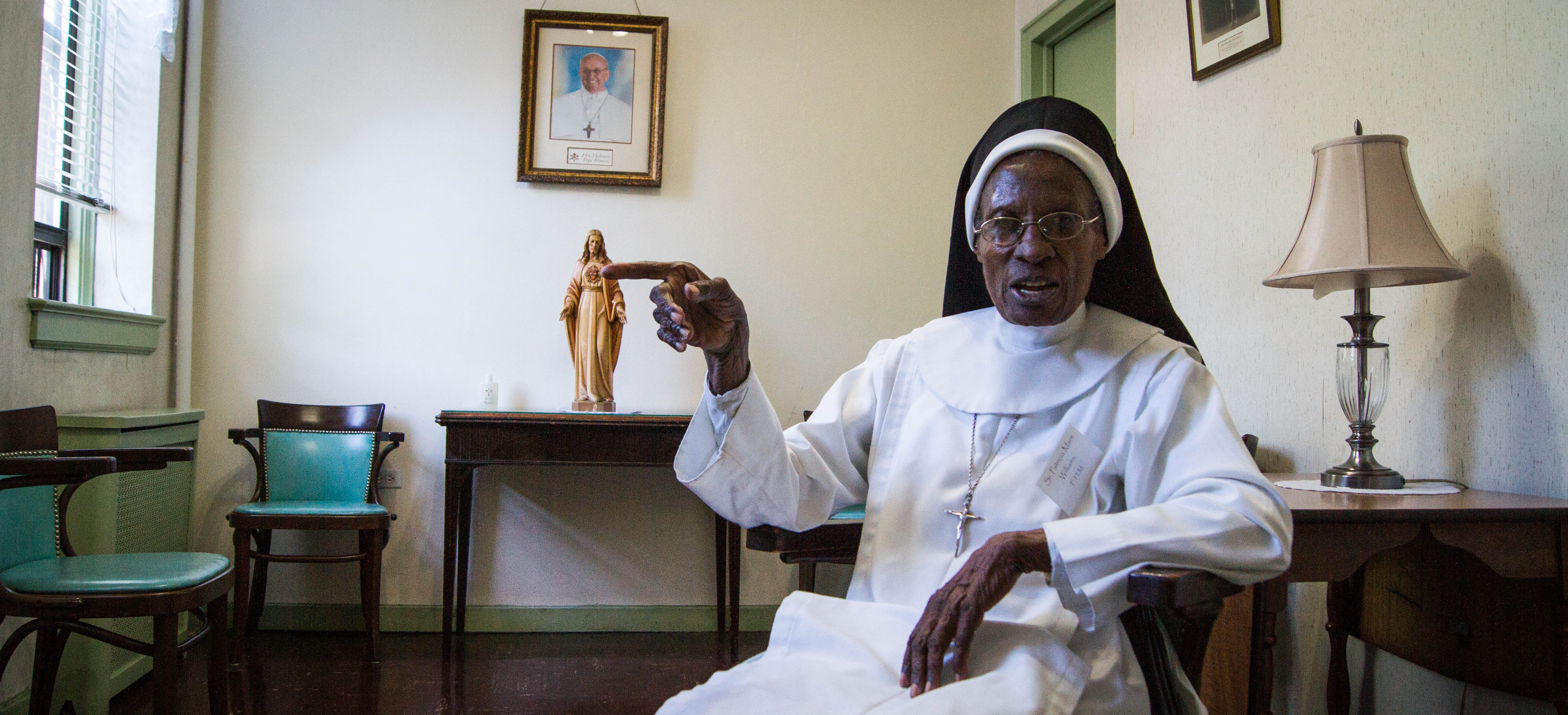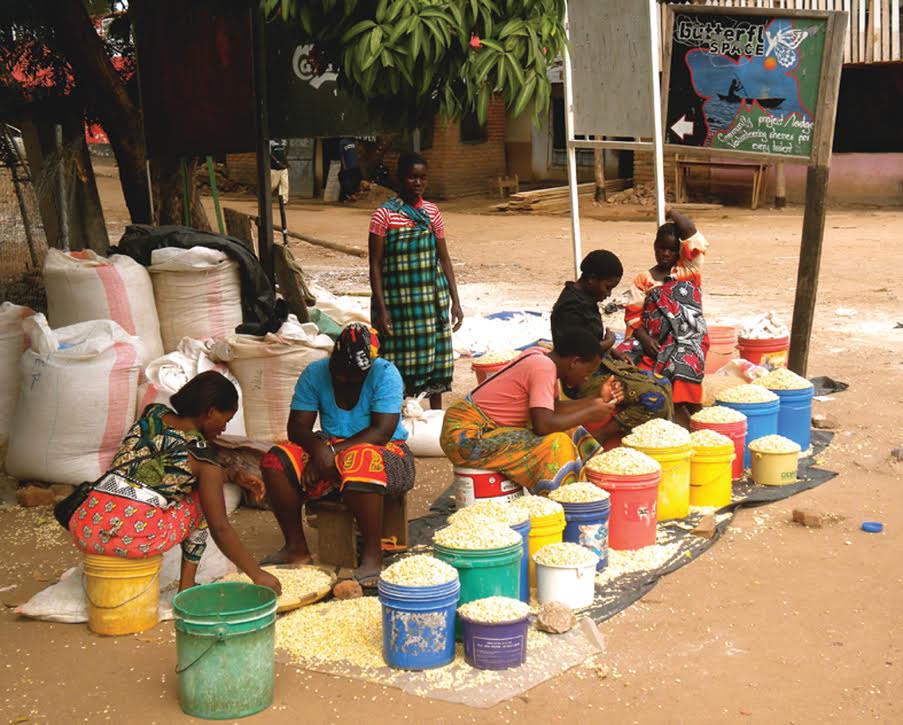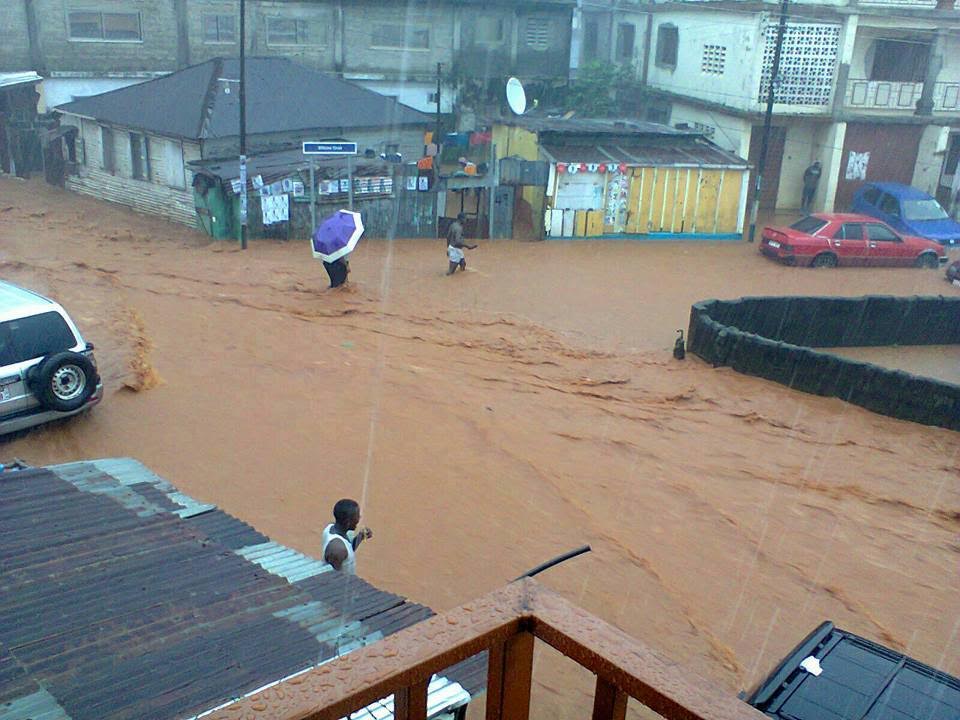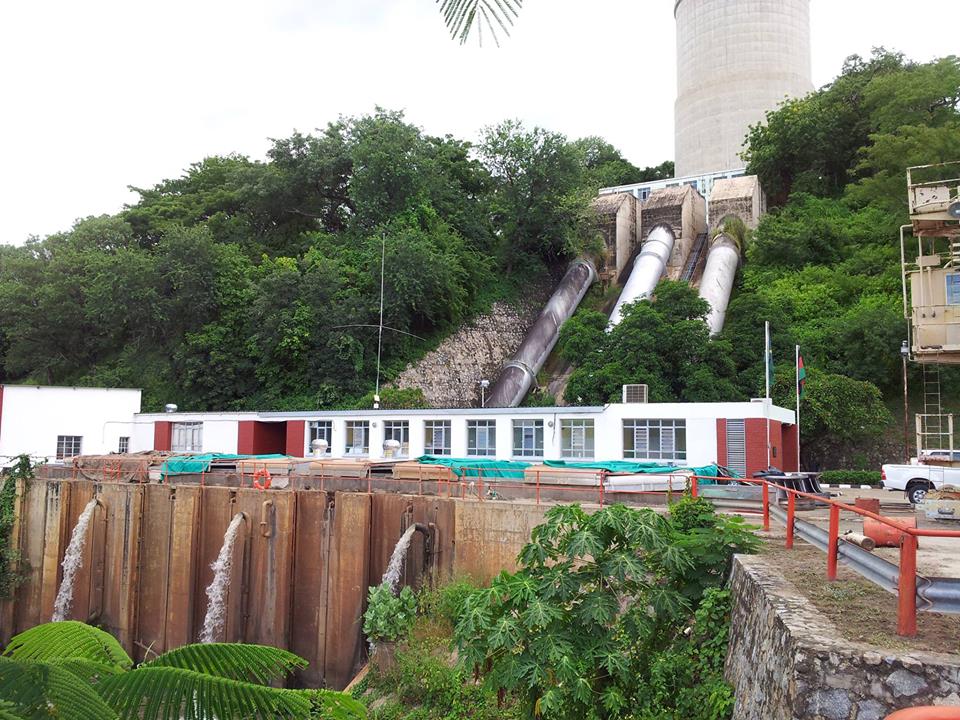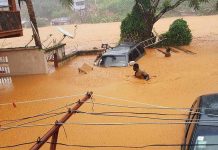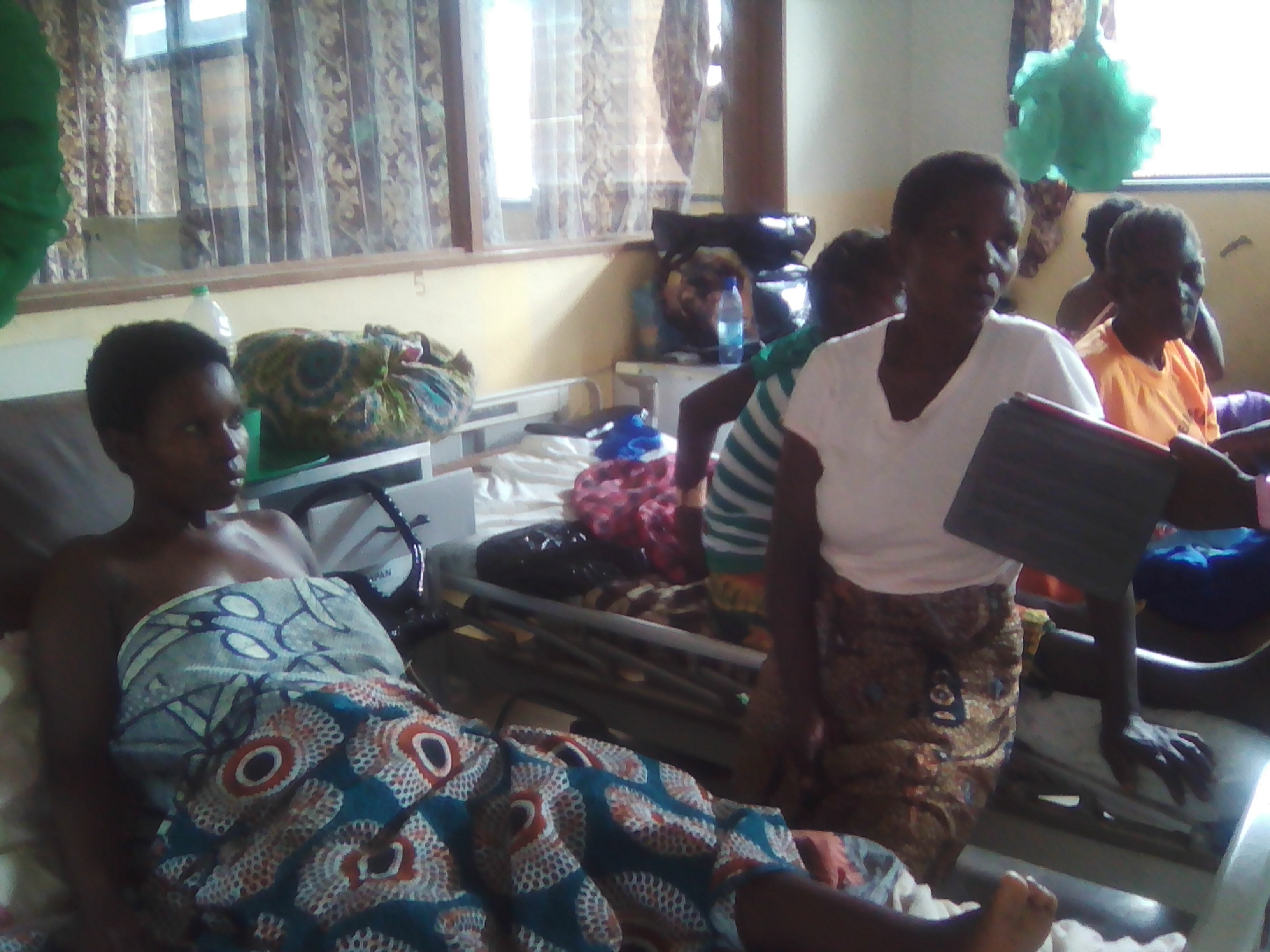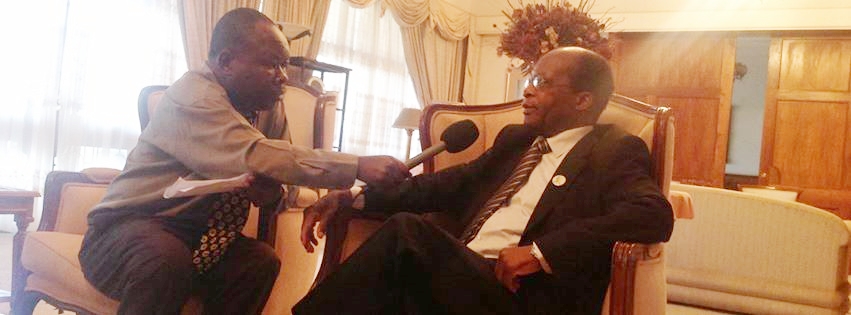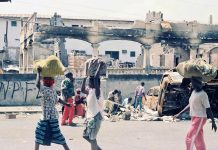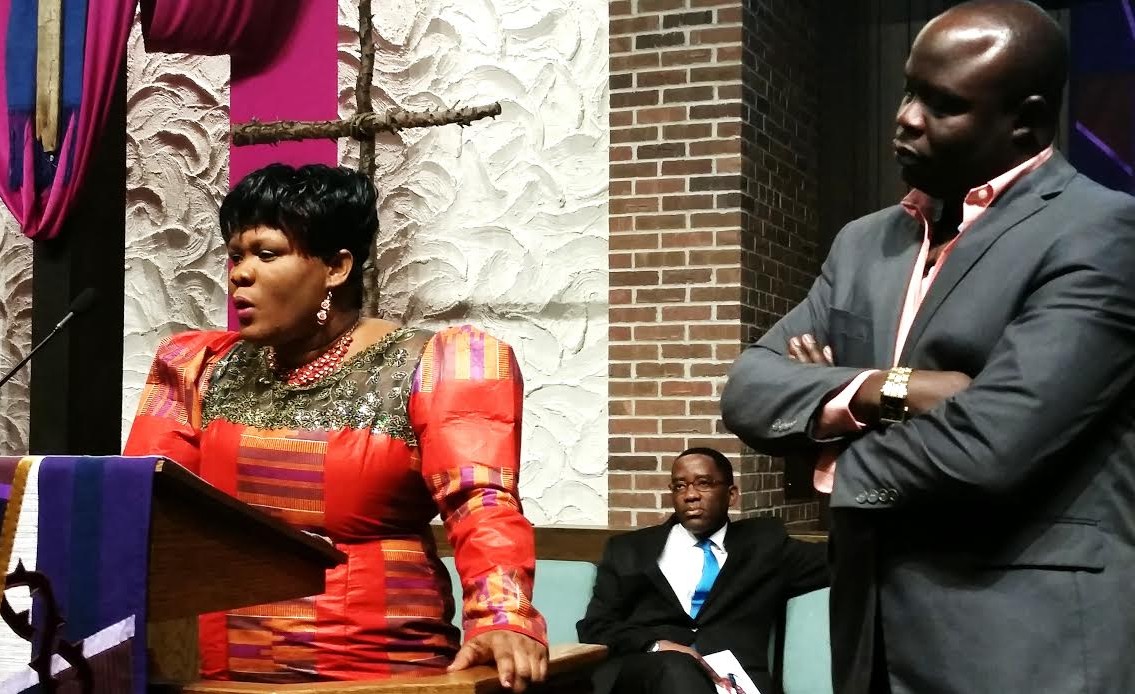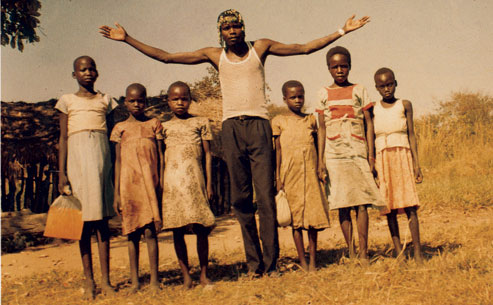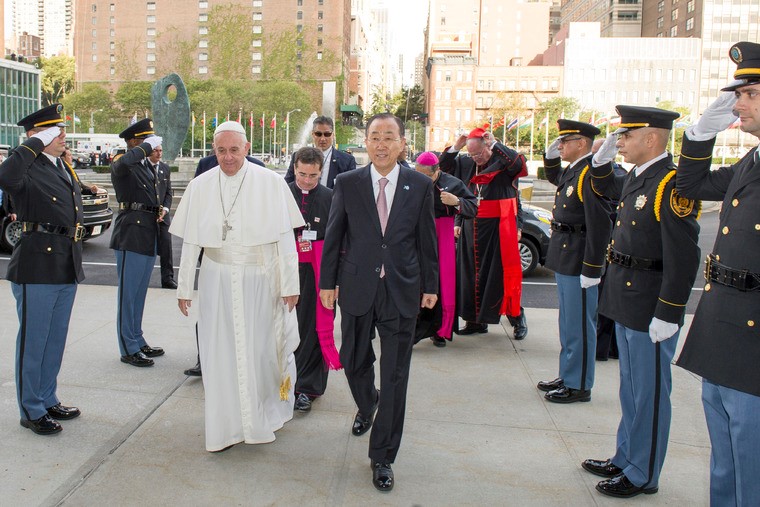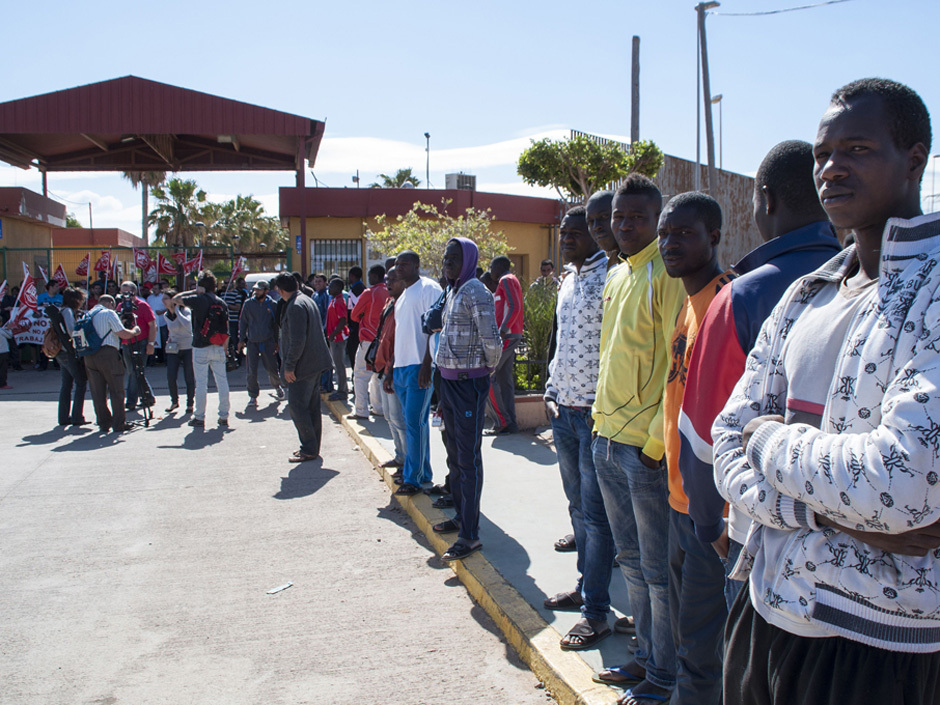
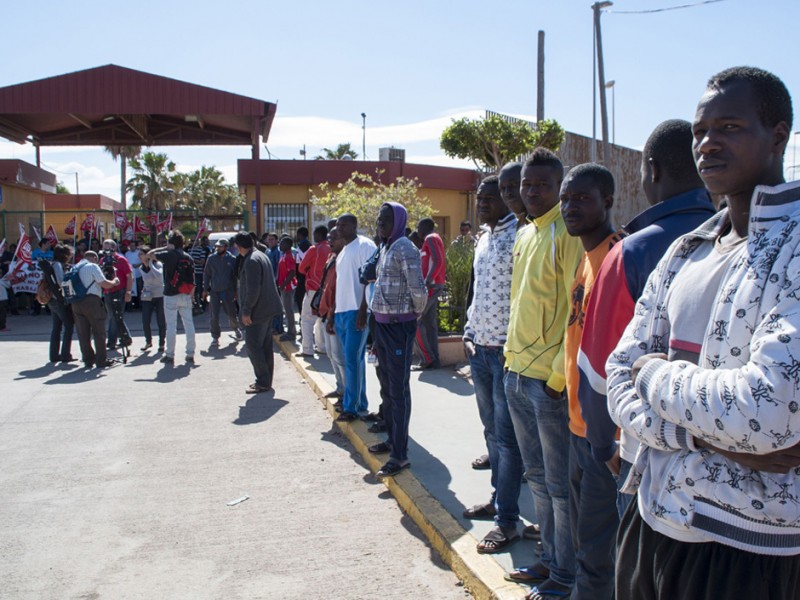
Policy on migration in Europe bears more relationship to ideology than evidence. And humanity is sorely lacking.
By Moritz Baumgärtel | The AfricaPaper
Brussels – The Monday morning of 15 September saw another two migrant boats sink, with more than 700 people–mostly from Syria, Egypt and Sudan–killed on their way from Africa to Europe. What follows is always hard to bear and hard to describe. Official announcements, offering condolences for this unacceptable tragedy, are blended with vague statements regarding the political consequences. The only supposedly forceful bit concerns (as always) the role of smugglers, though their networks remain intact despite previous assurances to crack down on them.
Like the Lampedusa tragedy of last year, this incident alone should be reason enough for a reconsideration of Europe’s approach to growing immigration. But while one can hardly fathom the shocking and tragic nature of the event, lament alone will not trigger an actual debate on migration policy, much less its reorientation. We should however ask ourselves: what exactly is this status quo, whose maintenance has cost 3,000 lives just since the beginning of the year?
“The boat is full“
The first big mystery is “border management” in the Mediterranean. These tragedies and many smaller incidents can invariably be explained by the fact that migrants travel on boats unfit for the high seas, which sometimes catch fire or provoke mass panic and even shootings. Why not simply provide big and appropriate ships, covered by the €93 million which the EU border agency, Frontex, receives annually? Or any other safe and legal way of migrating to Europe, as civil-society organisations tirelessly point out? The “common sense” answer is European states must restrict the crossing of borders to defend their economies and social fabrics. Ironically, in Germany this point is often made by saying that “the boat is full”.
The place of the Mediterranean in this context is complicated. On the one hand, it is not actually the main route through which irregular migrants enter Europe, as most simply overstay their regularly acquired visas or residence permits. On the other hand, it plays a symbolic role as the visible geographical border which is being crossed. States like Italy, Greece and Spain (assisted by their northern European partners) have therefore put a lot of effort into sealing it.
One early method to this end was to “push back” migrant ships on the high seas and directly return their passengers to the shores of north Africa or Turkey. Though explicitly prohibited by the European Court of Human Rights in 2011, this practice continues in Greece, according to a recent Amnesty Internationalreport.
In the waters around Italy, while government agencies have run an extensive search-and-rescue operation (Mare Nostrum) since Lampedusa, catastrophes cannot be prevented. This surprises only those who expect one government alone to shoulder the massive task of managing the refugee influx across the Mediterranean.
Without a radical change, we must hope that migrants will begin grasping the risk involved in entrusting their lives to smugglers and their deadly travel arrangements. Put somewhat more abstractly, this policy can only “work” as a system of “Mediterranean deterrence”. However cynical, this is a fair-weather policy, failing precisely when there is growth in “push” factors in migration, such as political turmoil and military conflict. Even with increased capacities, maritime border controls are hardly as effective in peak periods as in normal times. And, as Frontex statisticson the “central Mediterranean route” show, the number of migrants embarking on this journey is subject to significant fluctuations depending on external events, such as civil unrest in Tunisia and Libya or currently the war in Syria. Absolute increases in deaths, on the one hand, and “successful” but undesired border crossing on the other seem inevitable.
Complex patchwork
Still, distinguishing between people driven by various “push” factors remains the basis of European and national law and policy. Refugees or people requiring “subsidiary protection” (for instance due to high levels of violence in their home country) are eligible for temporary stay, while those migrating for purely economic reasons mostly are not. Recent spikes in migration have been caused by events that make people flee their country for the prior reason, as proven by the large number of Syrian refugees arriving in Italy. Two other significant groups, Somalis and Eritreans, escape political conditions that are difficult at best and unbearable at worst (the United Nations high commissioner for refugeesrecently pointed outthat Eritrean refugees were “in need of international protection”).
Officialdom must thus fear that a high number of people losing their lives would probably have had a legal claim to protection. The gruesome irony of this became clear when Enrico Letta, then prime minister of Italy, gave posthumous citizenship to the Lampedusa victims.
But the strict distinction between “good” political refugees and “bad” economic migrants has long given way to a complex patchwork of grounds warranting temporary residency. The most familiar is perhaps the right to family reunification, with human-rights law granting spouses and children the right to join family members legally resident in Europe.
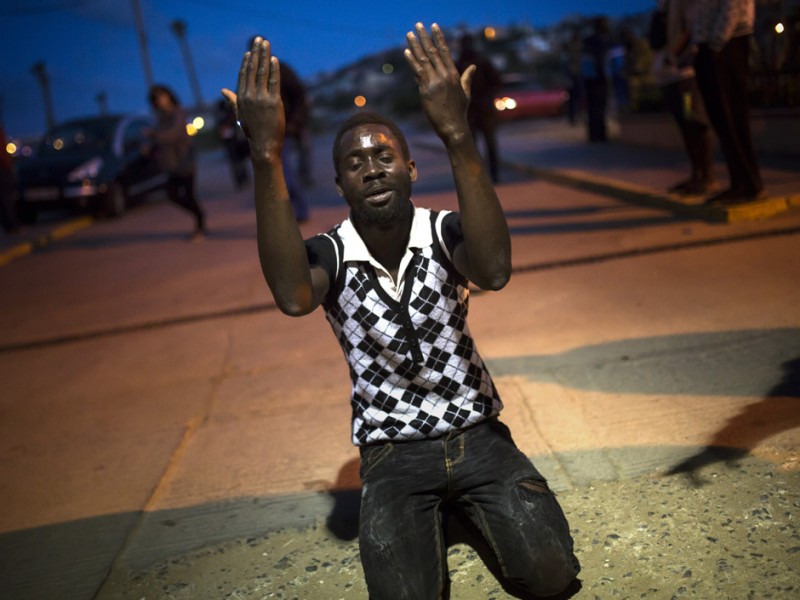
Other points are more controversial, raising intricate legal questions concerning eligibility and evidence. For example, what about children born in Europe whose parents are irregular migrants? How to determine the exact age, and thus legal status, of an unaccompanied adolescent? Can persons with medical conditions ask for protection if appropriate treatment is not available in their country? If people claim to be persecuted on grounds of sexuality or religion, how to prove whether they are sincere? Are there people who migrate for truly environmental reasons and, if so, can they ask for protection?
Answering such legal questions is very important, at least in principle. Courts, including the two European courts in Strasbourg and Luxembourg, have already tackled some. The practical meaning of their rulings is however reduced by the weakness of national legal remedies. Some asylum procedures have been found to have “major structural deficiencies” (as the European Court of Human Rightsconcludedconcerning Greece in January 2011), while others are “in practice hardly operational and overly complex” (as the courtheldin a Belgian case in February 2014).
Meanwhile, economic migration occurs on a daily basis, sanctioned and even encouraged for highly skilled professionals and those working in sectors such as elderly care–the German authorities recentlyannouncedthat Vietnam and the Philippines would be particularly interesting places for recruitment.
Almost irrelevant for current policy are such economic “pull” factors as the need for “a seasonal, low-skilled, exploitable workforce”, although regularlymentionedby the UN special rapporteur on the human rights of migrants, François Crépeau. If policy responses to “push” factors are inappropriate, the approach to ‘pull factors’ is meagre. The Seasonal Workers Directive, adopted by the European Council only in February 2014, is perhaps a first step in this direction but NGOsremain very sceptical.
Reasons for migration are manifold and complex–hardly surprising, as even individual migrants are usually driven by multiple motives. While jurisprudence is becoming increasingly attentive to this fact, public authorities struggle to keep up, being ill-intentioned, overburdened or both. Policy-makers have ignored the growing mismatch, remaining reactive and changing legislation almost only when required by court decision. The sad exception to this passivity is the campaign against “welfare migration” in the UK and Germany, which manages to bring out the worst of migration politics, featuring skewed arguments out of touch with socio-economic and legal realities.
Precariousness
After arrival, migrants are confronted with policies which concentrate them in specific countries and places, increasing the precariousness of their situation and the burden on communities. On a macro-scale, this logic is exemplified by the controversial Dublin system. Obliging asylum-seekers to apply where they entered the EU, this particularly overburdens Greece and Italy, which in turn subject many migrants to unacceptable treatment.
Officialdom must thus fear that a high number of people losing their lives would probably have had a legal claim to protection.
The Dublin system also risks undermining the authority of the European courts. Despite the importantM.S.S.ruling of the European Court of Human Rights more than three years ago, reception conditions for asylum-seekers in Greece still“remain degrading”and “extremely poor”. The best explanation for the lack of response is that the government, forced to deal with both austerity and a disproportionate share of asylum applications, simply does not regard it as a priority, if not being openly defiant.
On a micro-perspective, migration policy usually ends up placing large burdens on particular cities and regions, creating a lose-lose situation for local authorities, citizens and migrants. Lampedusa andSicilyare the most prominent examples, struggling financially with the maintenance of mushrooming reception centres and politically with the rise of right-wing gangs and parties. But local governments are also being challenged in other places, including northern Europe, where they are better placed to address the task.
A recent example of a constructive approach can surprisingly be found in conservative Bavaria, where a Land government meeting with civil-society representatives led to an action plan to offer more accommodation and medical services to asylum-seekers. In a remarkable change of mind, the minister-president, Horst Seehofer,declared that a good organisational strategy for handling the refugee influx would be decisive for gaining the acceptance of the population. It remains to be seen whether action will follow and whether others follow this example.
“Principle of solidarity“
Finally, migration policy also has implications for the larger European political project, whose legitimacy has increasingly been called into question. Countries like Italy and Greece feel denied “the principle of solidarity” established in article 80 of the Treaty on the Functioning of the European Union. The courts in Strasbourg and Luxembourg are frequently forced to step in and denounce often manifestly unlawful practices. National politicians then use this opportunity to make unpopular legislative changes while laying the blame on the “interventionist” courts. This dynamic is harmful and devoid of any longer-term benefit.
Whether together or alone, European countries can not get around the need to develop a migration policy based on a sound analysis of “push” and “pull” factors. It will also have to be humane–not least because states are bound by additional international obligations, such as the 1951 Refugee Convention. And it will have to involve all regions and parts of society to be sustainable and to reduce social conflict. Exceptionalmeasures, like the Italian Mare Nostrum operation or therecent acceptanceby Germany of a substantial number of Syrian refugees, are not a substitute.
The AfricaPaper – Moritz Baumgärtel is a PhD candidate at the Perelman Centre for Legal Philosophy of the Université libre de Bruxelles and member of the Belgian research network Human Rights Integration. His research concerns the influence of the European Court of Human Rights and the European Court of Justice on the precarious human-rights situation of migrants and asylum-seekers.







